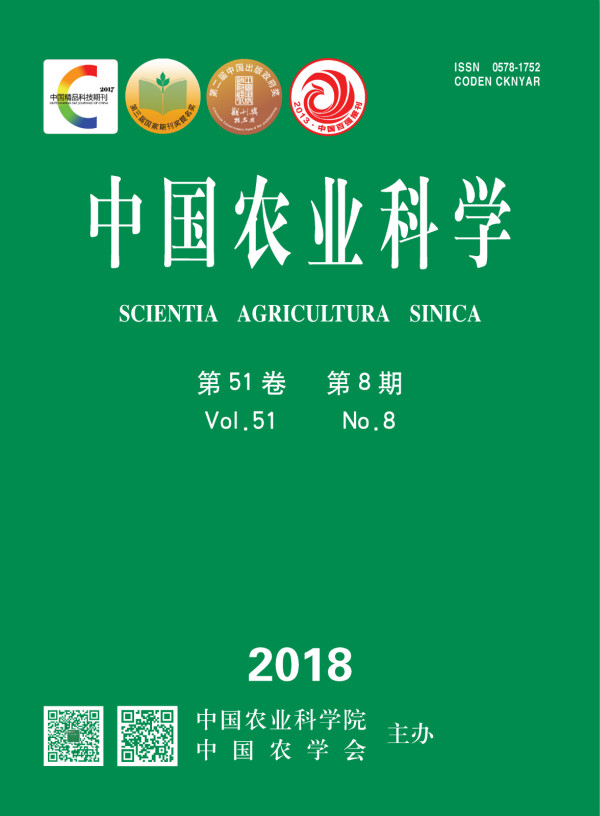【Objective】Tomato leaf mold is one of the most devastating diseases that endanger greenhouse tomato. At present, Fulvia fulva has been reported to develop resistance to common fungicides, and thus the control efficacy reduced. It is necessary to develop and introduce the new and effective alternative fungicides. The objective of this study is to investigate the sensitivity of F. fulva to fludioxonil, establish baseline toxicity and definite the effect of disease prevention of fludioxonil in the field.【Method】The strains of tomato leaf mold were collected from six vegetable production areas, including Ji’nan, Taian, Liaocheng, Weifang, Laiwu and Zibo in Shandong Province. After isolation and purification, 126 strains of F. fulva were obtained. With the methods of inhibition rate on mycelial growth and spore germination, the inhibitory activity of fludioxonil against mycelial growth, spore germination and germ tube elongation at different growth and development stages of 3 representative strains was determined. The sensitivity of 126 strains from different regions in Shandong to fludioxonil was determined by mycelial growth rate method, and the sensitive baseline was also established. Two-year field trials were conducted to evaluate the protective and curative effects of fludioxonil.【Result】Fludioxonil had high inhibitory activity against germ tube elongation and mycelial growth, the average EC50 values were 0.30 and 0.80 μg·mL-1, respectively, but the inhibition of spore germination of F. fulva was weak, the average EC50 values were greater than 100 μg·mL-1. There was no significant difference in the sensitivity of the strains among different populations of tomato leaf mold. Among them, the strains from Weifang had the highest sensitivity to fludioxonil, and the average EC50 value was 0.43 μg·mL-1. The sensitivity of strains from Zibo was relatively low, with an average EC50 value of 0.79 μg·mL-1. There was no significant difference in the sensitivity of F. fulva in Taian, Ji’nan, Liaocheng and Laiwu areas, with average EC50 values of 0.65, 0.75, 0.71, 0.58 μg·mL-1, respectively. EC50 values to fludioxonil ranged from 0.16 to 1.69 μg·mL-1, with a mean of 0.64 μg·mL-1. The average EC50 value of F. fulva to fludioxonil could be regarded as the baseline sensitivity as the sensitivity frequency complied with single peak curve of Gaussian distribution. In 2016-2017, fludioxonil had high control effect on tomato leaf mold, the protective and curative activity of fludioxonil on tomato leaf mold was 72.21%-75.02% and 61.94%-70.65% at the dose of 60.75 g a.i./hm2, which was significantly higher than that of difenoconazole at 100 g a.i./hm2, mancozeb at 700 g a.i./hm2 and thiophanate-methyl at 540 g a.i./hm2, and which had no significant difference with fluopyram at 150 g a.i./hm2. The protective and curative activity of fludioxonil on tomato leaf mold at the dose of 40.50 g a.i./hm2 was significantly higher than that of thiophanate-methyl at 540 g a.i./hm2. In 2017, the protective and curative activity of fludioxonil on tomato leaf mold at the dose of 20.25 g a.i./hm2 was significantly higher than that of mancozeb at 700 g a.i./hm2 and thiophanate-methyl at 540 g a.i./hm2. All the protective effect of fludioxonil against tomato leaf mold was higher than that of the curative ones.【Conclusion】Fludioxonil has good inhibitive activity against germ tube elongation and mycelial growth of F. fulva, but had no effect on spore germination, and the strains from six cities in Shandong Province are relatively sensitive to it. Fludioxonil could be applied before the invasion of the pathogen and has great potential in the control of tomato leaf mold.









